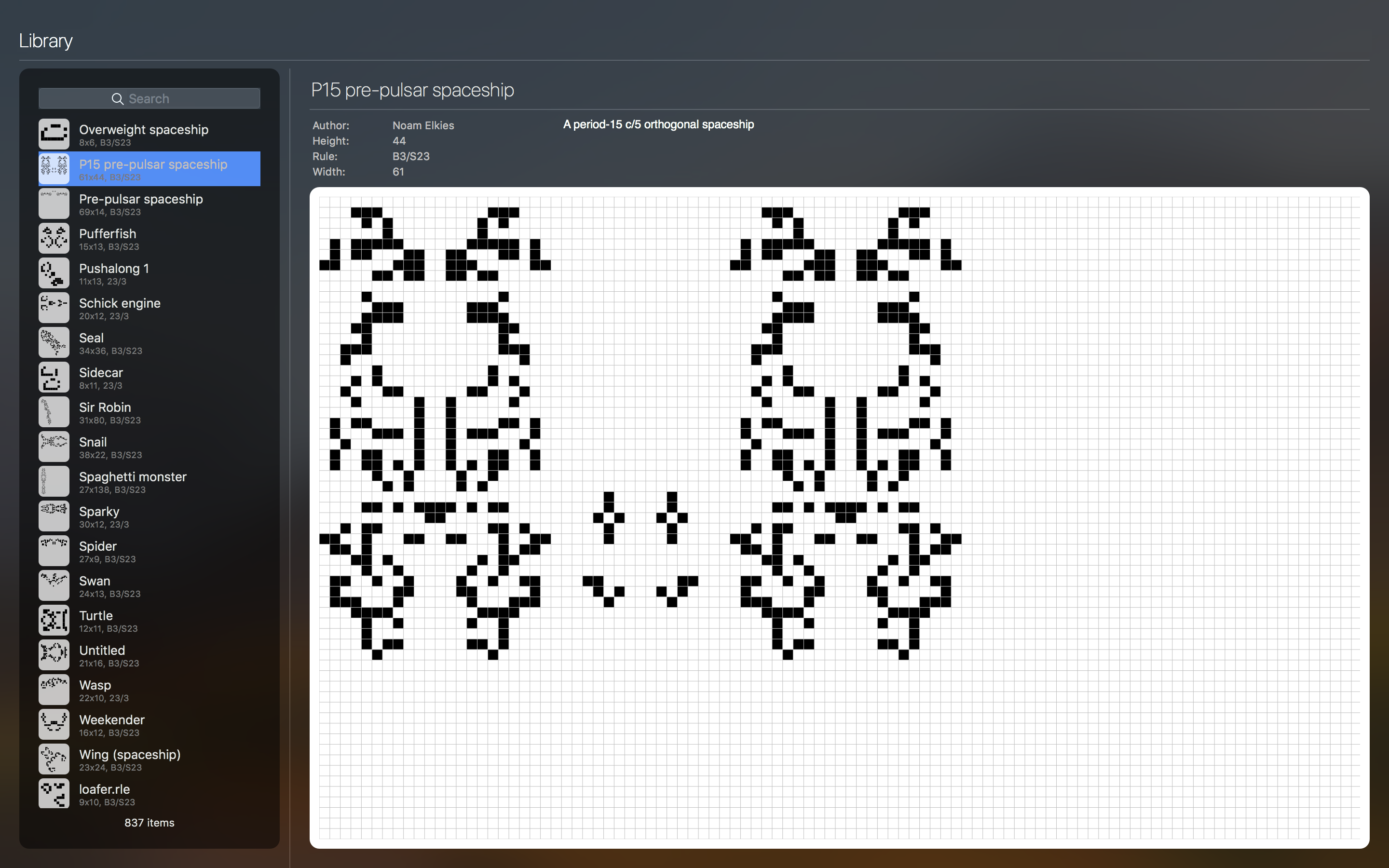

It is important that children are free to invent their own patterns, this will help them develop reasoning skills. Some children will create regular patterns with ease and others will make random or irregular patterns. Discuss any error in a positive manner, asking if you can check together, work out together what comes next. You could help children to notice and correct an error in a repeating pattern. Children can then begin to notice numerical patterns of 1,2,1,2. You could support children to begin to make a simple AB, AB, AB pattern. Provide a range of natural and everyday objects and materials, as well as blocks and shapes, for children to play with freely and to make their own patterns with. You could provide interesting patterns from different cultures, like fabrics.

Use words like ‘pointy’, ‘spotty’, ‘stripy’. For example: stripes on clothes, designs on rugs and wallpaper. Use words like ‘repeated’ and ‘the same’ over and over.įor 3 and 4 years old, talk about and identify the patterns around them.
#Game of life starting patterns how to#
Show them how to arrange small objects in patterns. To learn about visual patterns show them patterned material like gingham, polka dots, stripes. By practising recall such as ‘head, shoulders, knees and toes’ and repeated refrains within stories children learn about patterns in speech and language.

Support children to notice mathematical features and observe regularities when they are playing or taking part in activities.įrom birth to 3 years old, rhymes and stories have an important place in their understanding of patterns. Statutory framework for the early years foundation stage (EYFS), page 10. It is important that children develop positive attitudes and interests in mathematics, look for patterns and relationships, spot connections, ‘have a go’, talk to adults and peers about what they notice and not be afraid to make mistakes. There are also some tips on how to support children in this area. In this video, an early years expert explains the importance of patterns and connections in the early years foundation stage framework. It’s an important foundation for later mathematical thinking and reasoning. Learning about patterns and connections will help children to make their own predictions and form logical connections. Patterning supports the foundations for recall of the counting sequence and understanding number operations. Talk to children about, and identify the patterns around them, so they can learn the words that describe different patterns.Īs children become more confident in making patterns and seeing connections, they will be able talk out loud about what they have noticed.Ĭhildren will start to identify the mathematical relationships and connections around them in the home, your setting and outside in nature. Early patterning begins with matching one-to-one with objects, pictures or numbers.įrom birth to 3 years old you should provide patterned material and small objects to arrange in patterns.įor 3 and 4 year olds you should be introducing more pattern recognition. Pattern awareness can vary significantly between children. When you teach children to become aware of patterns, they will build up the skill of spotting patterns for themselves, they will see how patterns change and notice irregularities. Research shows that children’s ability to see patterns forms the basis of early mathematical thinking. Patterns are central to maths and children have an instinctive idea of patterns. Why patterns and connections are important


 0 kommentar(er)
0 kommentar(er)
